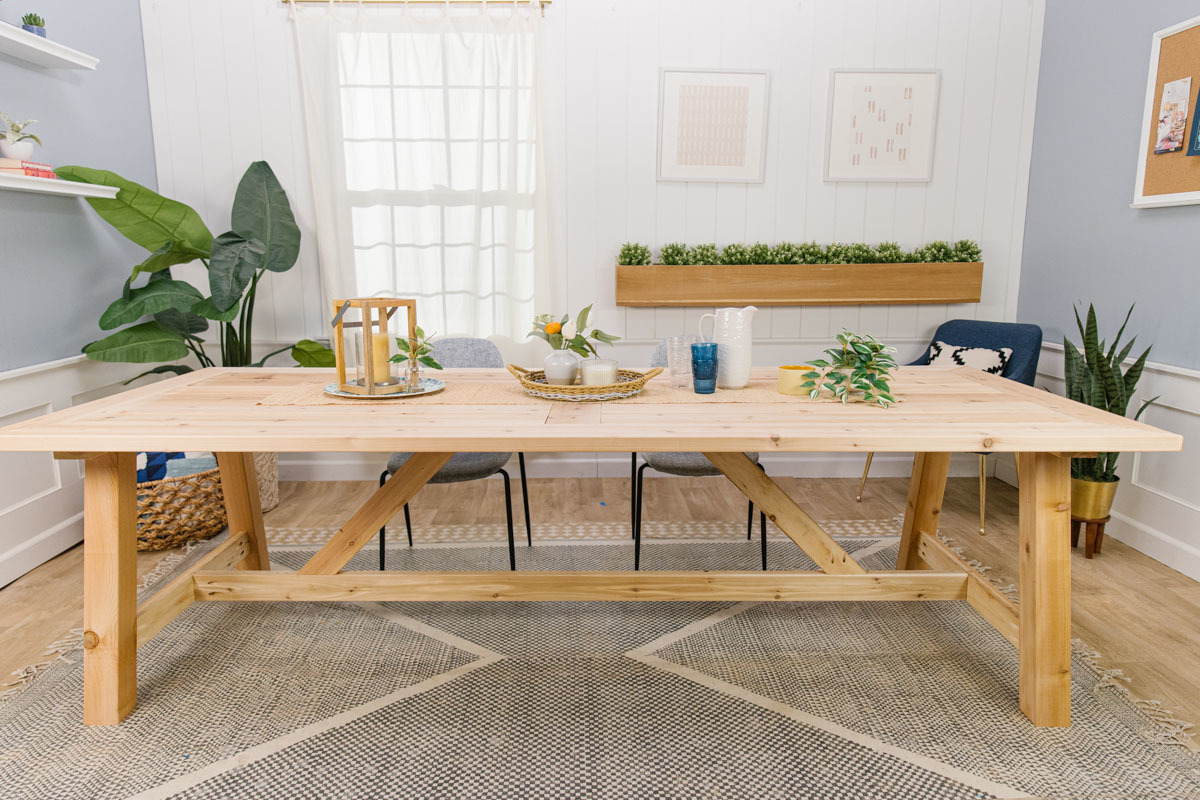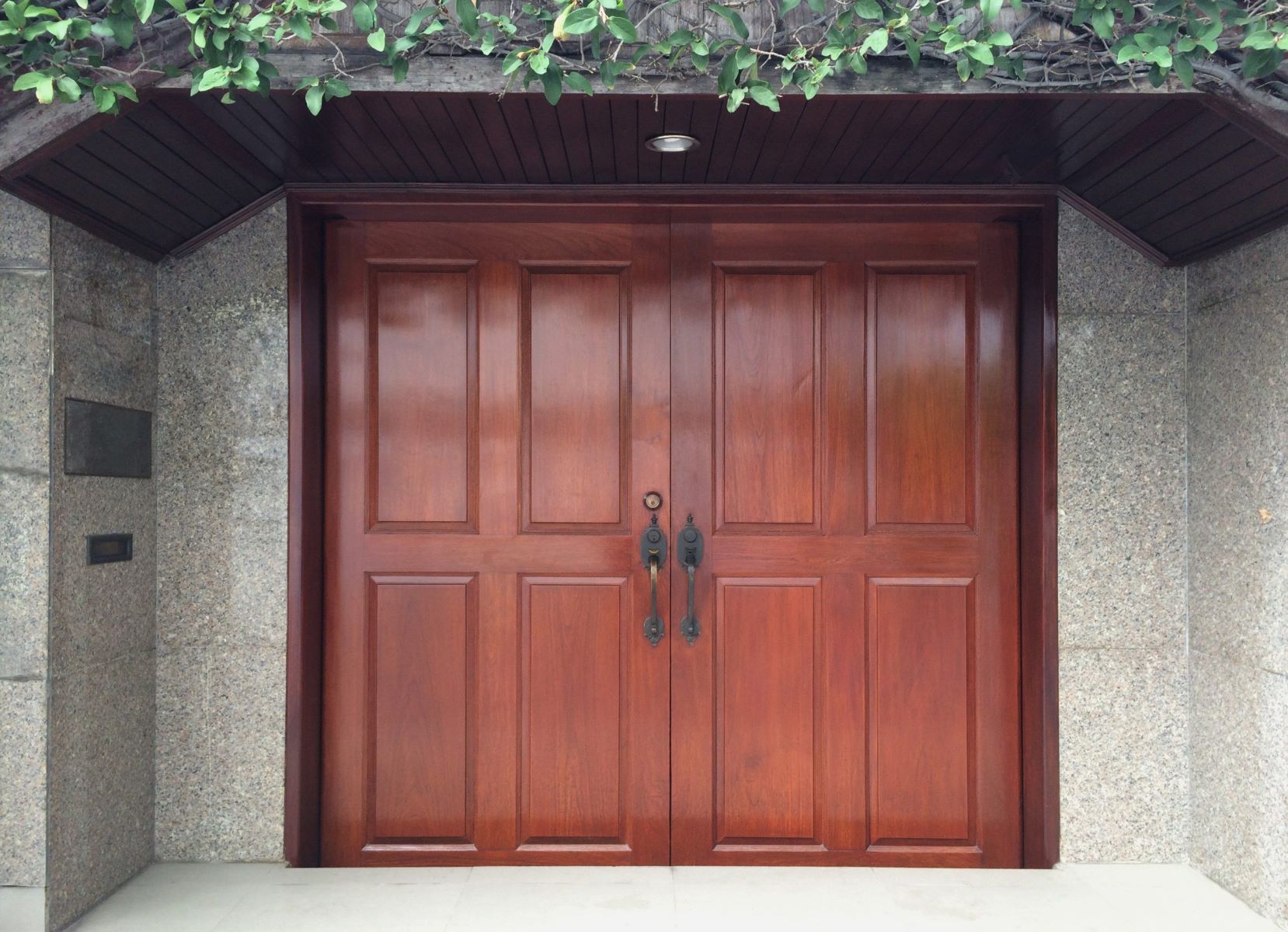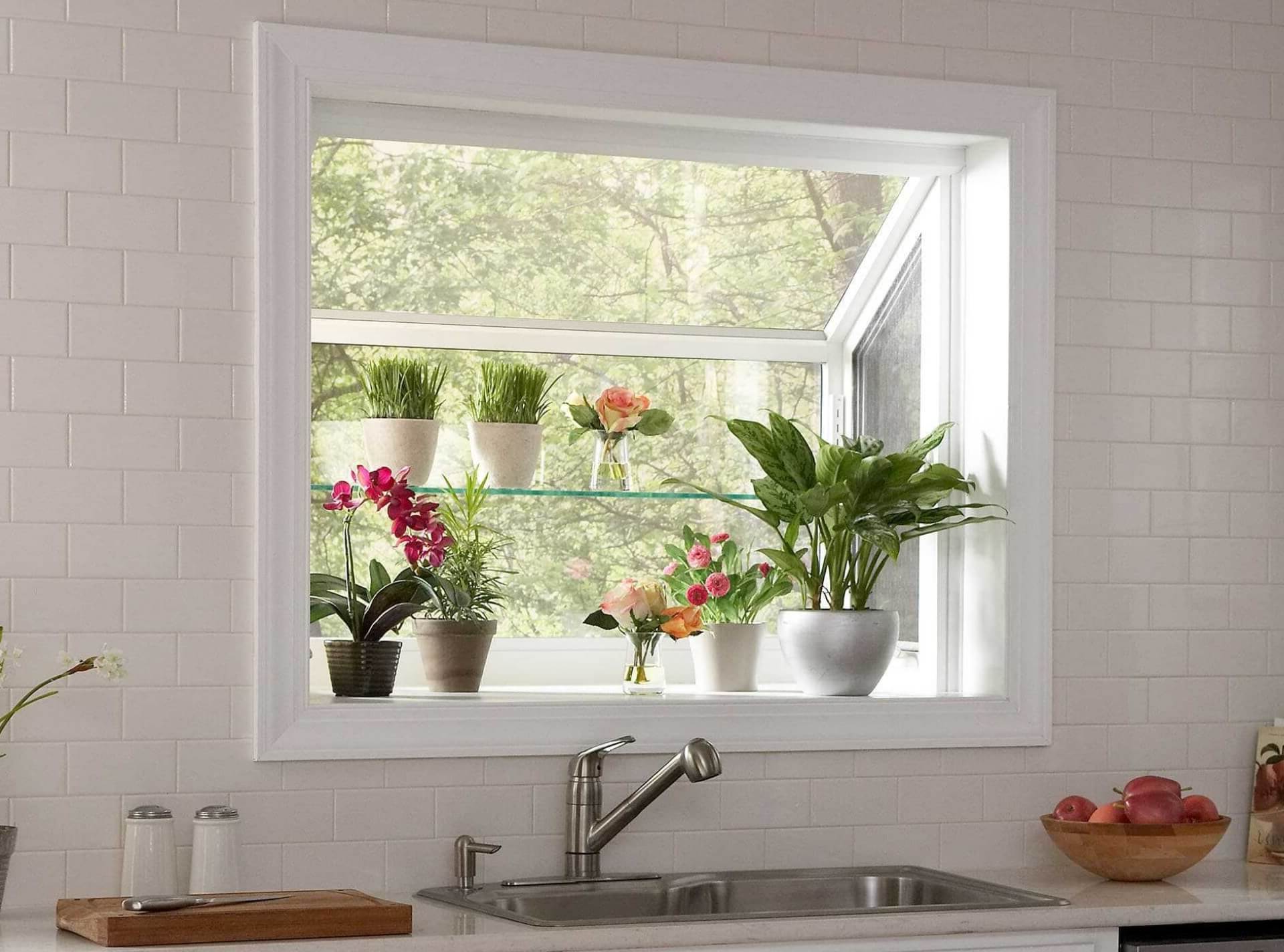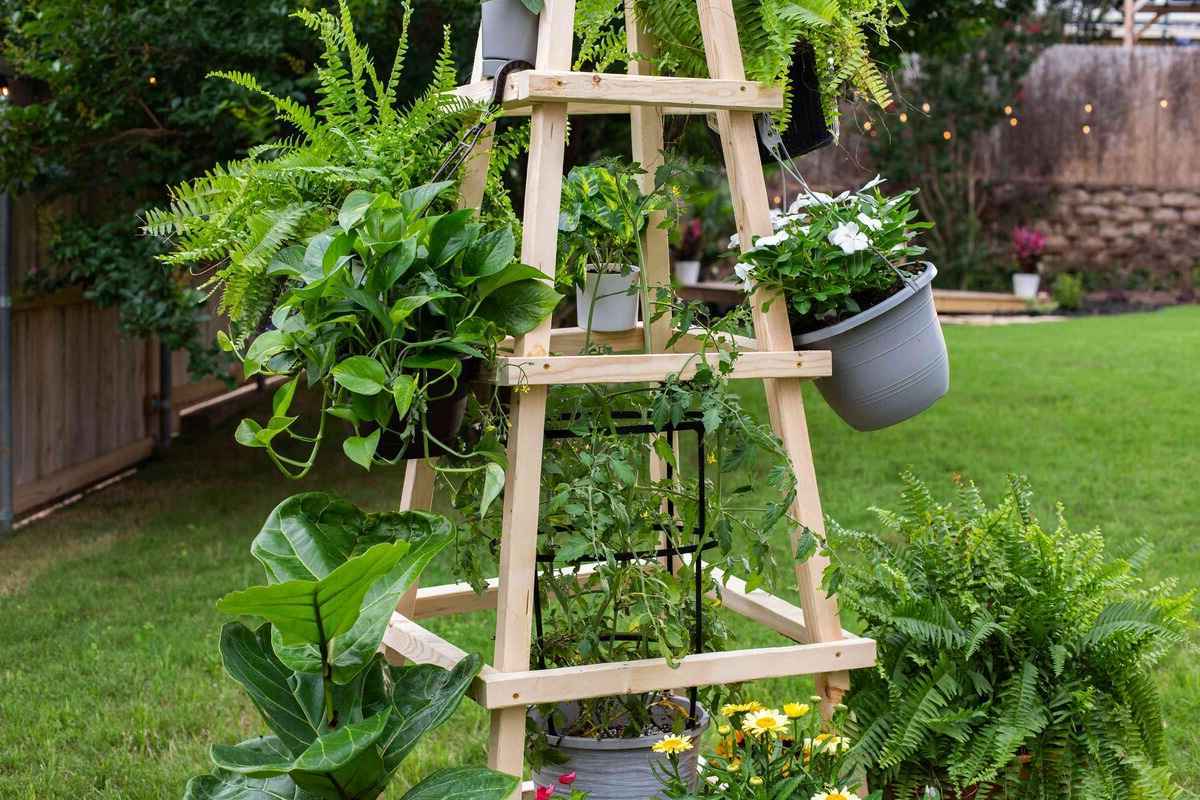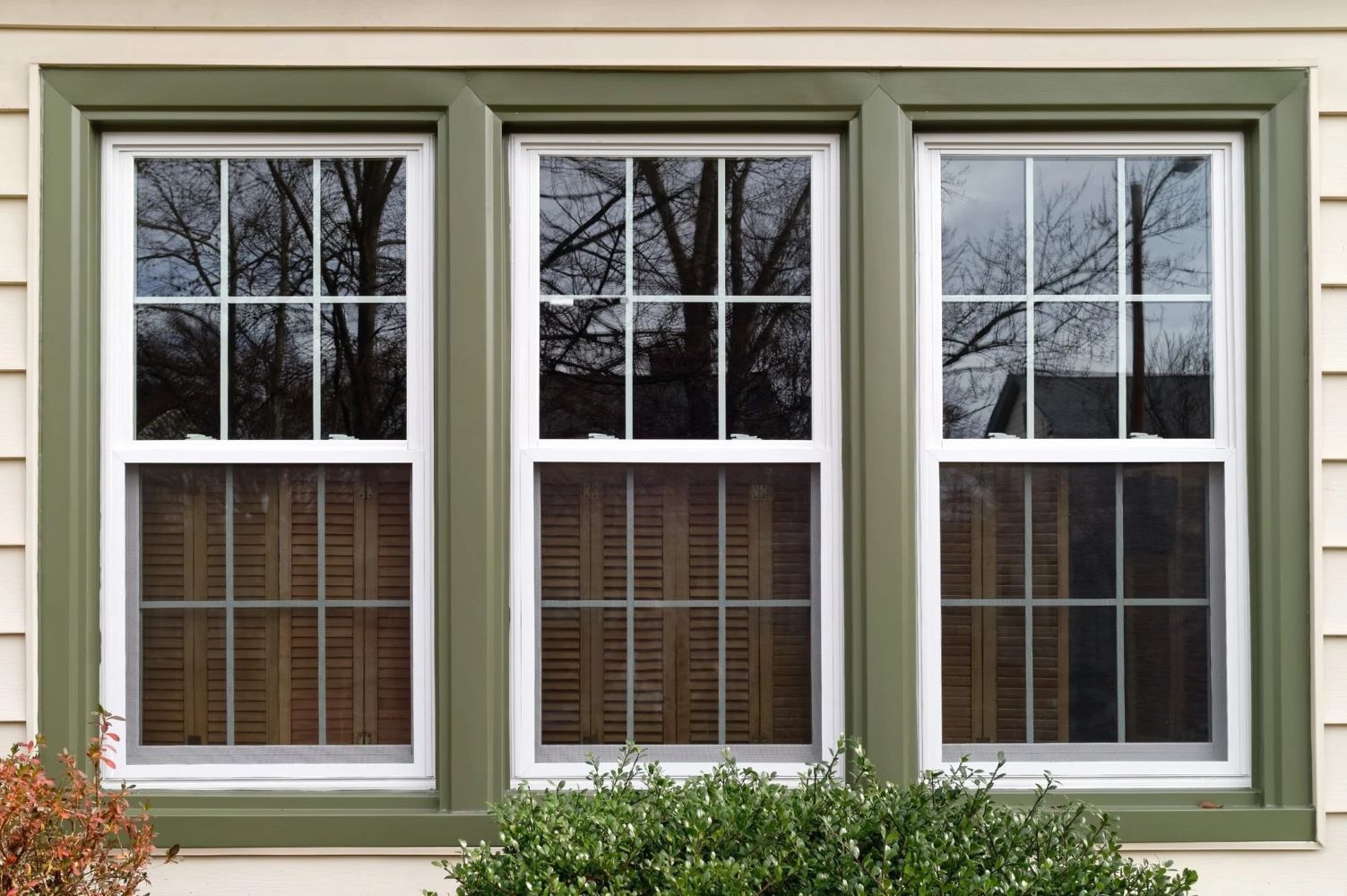Home>Create & Decorate>DIY & Crafts>DIY Garden Gate: Step-by-Step Guide To Building Your Own Beautiful Entrance
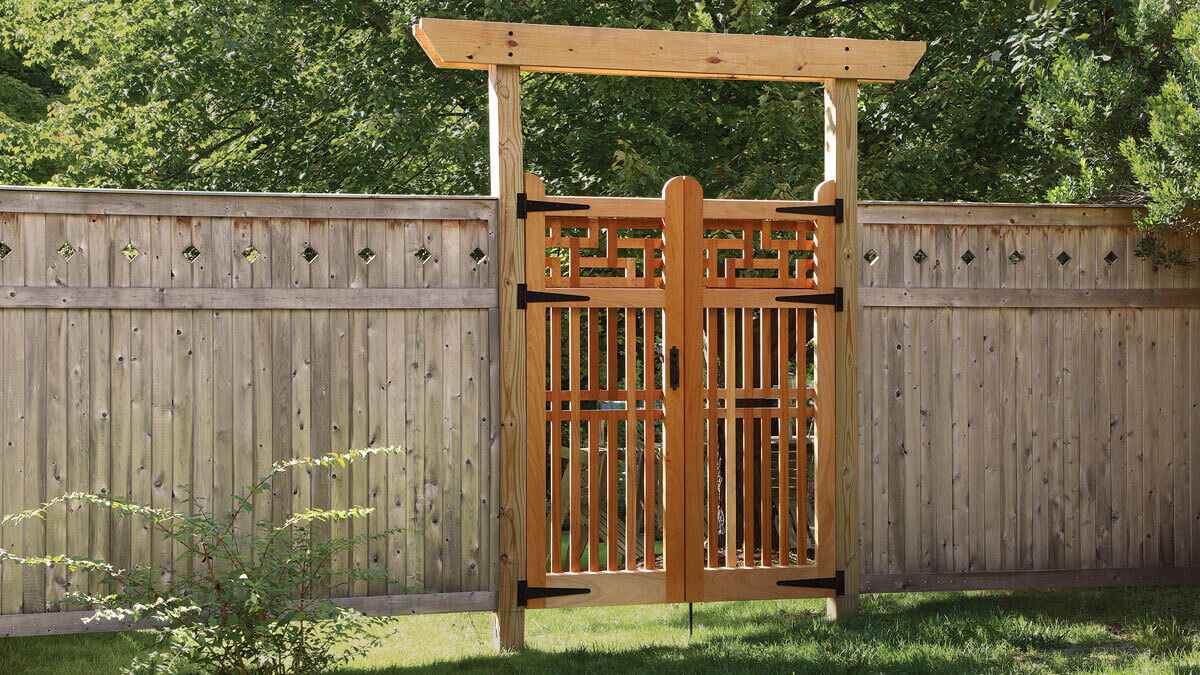

DIY & Crafts
DIY Garden Gate: Step-by-Step Guide To Building Your Own Beautiful Entrance
Published: May 12, 2024

Content Creator specializing in woodworking and interior transformations. Caegan's guides motivate readers to undertake their own projects, while his custom furniture adds a personal touch.
Discover how to create a stunning DIY garden gate with our step-by-step guide. Elevate your entrance with this beautiful and practical craft project.
(Many of the links in this article redirect to a specific reviewed product. Your purchase of these products through affiliate links helps to generate commission for Twigandthistle.com, at no extra cost. Learn more)
Introduction
Are you looking to add a touch of charm and functionality to your garden? Building your own garden gate can be a rewarding and practical DIY project. Not only does it provide a sense of accomplishment, but it also allows you to customize the gate to perfectly suit your garden's style and size. Whether you're a seasoned DIY enthusiast or a beginner looking for a new project, this step-by-step guide will walk you through the process of creating a beautiful entrance for your outdoor space. So, roll up your sleeves and get ready to embark on this fulfilling journey of crafting your very own garden gate!
Planning Your Garden Gate
Before diving into the construction process, it's crucial to start with a well-thought-out plan for your garden gate. Here are the essential steps to consider when planning your DIY garden gate:
-
Measure the Opening: Begin by measuring the width and height of the space where you intend to install the gate. Accurate measurements will guide you in determining the appropriate size for your gate.
-
Choose the Design: Consider the overall aesthetic of your garden and select a gate design that complements it. Whether you prefer a classic picket gate, a modern slatted design, or a decorative arched entrance, the design should align with the style of your garden.
-
Select the Materials: Decide on the type of wood or metal you want to use for your gate. Each material has its own unique characteristics, so choose one that suits your climate, desired maintenance level, and aesthetic preferences.
-
Check Local Regulations: Before proceeding, check with your local authorities or homeowner's association to ensure that your planned gate complies with any regulations or restrictions in your area.
-
Sketch the Design: Create a rough sketch or use a design software to visualize your gate. This will help you refine the details and ensure that the final product aligns with your vision.
By carefully planning these aspects, you'll set the foundation for a successful garden gate project, ensuring that the end result meets both your functional and aesthetic needs.
Gathering Materials and Tools
Once you have a solid plan in place, it's time to gather the necessary materials and tools for your DIY garden gate project. Here's a comprehensive list to help you get started:
Materials:
- Wood or Metal: Depending on your preference, acquire the appropriate amount of wood or metal for constructing the gate frame and panels. Opt for durable, weather-resistant materials to ensure longevity.
- Gate Hardware: Purchase hinges, a latch, and any other necessary hardware for hanging and securing the gate. Choose high-quality hardware that can withstand outdoor elements.
- Fasteners: Stock up on screws, nails, or bolts, depending on the material you're working with. Ensure that the fasteners are suitable for outdoor use to prevent rust or corrosion.
- Decorative Elements: If you desire decorative accents for your gate, such as finials, decorative hinges, or ornamental details, include these in your materials list.
Tools:
- Measuring Tape: Accurate measurements are crucial, so a reliable measuring tape is essential.
- Saw: Depending on the material you're using, a handsaw or power saw will be necessary for cutting the wood or metal to size.
- Drill and Bits: A drill with appropriate drill bits will be needed for creating pilot holes and attaching hardware.
- Level: Ensure that your gate is installed straight and level by using a spirit level during construction and installation.
- Work Gloves and Safety Gear: Protect your hands and eyes with gloves and safety glasses while handling materials and tools.
- Paint or Stain: If you plan to finish the gate with paint or stain, have these materials on hand for the final touches.
By gathering these materials and tools, you'll be well-prepared to move on to the next exciting phase of building your DIY garden gate.
Read more: DIY Barn Door Baby Gate Guide
Building the Frame
With the materials and tools at the ready, it's time to dive into constructing the frame of your garden gate. Follow these steps to build a sturdy and well-structured frame:
-
Measure and Cut the Wood: Begin by measuring and cutting the wood or metal pieces according to your gate's dimensions. Use a saw to ensure precise cuts, and double-check the measurements to avoid errors.
-
Assemble the Frame: Lay out the cut pieces on a flat surface and assemble them to form the rectangular frame of the gate. Use corner brackets or wood screws to secure the joints, ensuring that the frame is square and even.
-
Add Diagonal Bracing: To enhance the strength and stability of the frame, consider adding diagonal bracing within the rectangular structure. This will prevent the frame from warping or becoming misshapen over time.
-
Attach Cross Supports: Install horizontal cross supports within the frame to provide additional reinforcement. These supports will help distribute the weight of the gate evenly and prevent sagging.
-
Check for Level and Square: Before proceeding further, use a spirit level to ensure that the frame is perfectly level and square. Making adjustments at this stage will prevent installation issues later on.
By following these steps, you'll create a robust and well-constructed frame that serves as the foundation for the rest of your garden gate project. Once the frame is in place, you can proceed to the next phase of adding the gate panels.
Adding the Gate Panels
Once the frame is securely in place, it's time to add the gate panels to complete the structure of your garden gate. Follow these steps to attach the panels and create a visually appealing and functional entrance:
-
Measure and Cut the Panels: Measure the dimensions of the openings within the frame and cut the wood or metal panels to fit. Ensure that the panels are sized accurately to provide a snug fit within the frame.
-
Align and Secure the Panels: Position the panels within the frame, ensuring that they are evenly aligned and centered. Use screws or nails to secure the panels to the frame, ensuring a secure attachment.
-
Create Decorative Patterns or Cutouts: If you desire decorative elements such as cutout patterns or designs on the panels, use a jigsaw or appropriate cutting tools to create these embellishments. This step adds a personalized touch to your garden gate.
-
Consider Lattice or Slat Designs: For a more intricate and decorative look, consider incorporating lattice or slatted designs within the panels. These designs not only enhance the visual appeal but also allow for airflow and visibility.
-
Double-Check Alignment and Stability: Once the panels are attached, double-check their alignment and stability within the frame. Make any necessary adjustments to ensure that the panels are securely in place and that the gate opens and closes smoothly.
By following these steps, you'll successfully add the gate panels to your frame, creating a polished and visually appealing structure for your garden gate. With the panels in place, you're ready to move on to the next phase of installing the hinges and latch.
Installing the Hinges and Latch
After completing the construction of the gate frame and attaching the panels, the next crucial step is to install the hinges and latch. This phase is essential for ensuring that your garden gate functions smoothly and securely. Follow these steps to properly install the hinges and latch:
-
Select the Right Hinges: Choose durable, weather-resistant hinges that are suitable for outdoor use. The number of hinges needed will depend on the size and weight of your gate. For larger gates, using three hinges is recommended for added support.
-
Position the Hinges: With the help of a helper, hold the gate in the desired position within the gate opening. Mark the placement of the hinges on the gate frame and the adjacent stationary structure, such as a fence post or wall.
-
Pre-Drill Holes: Using a drill and appropriate drill bits, pre-drill pilot holes for the hinge screws. This step prevents the wood from splitting and ensures accurate placement of the hinges.
-
Attach the Hinges: Securely attach the hinges to the gate frame and the adjacent structure using screws. Ensure that the hinges are aligned and firmly anchored, providing smooth movement for the gate.
-
Install the Latch: Choose a latch that complements the style of your gate and provides the desired level of security. Position the latch on the gate and the adjacent structure, ensuring proper alignment for secure closure.
-
Test the Movement: Once the hinges and latch are installed, test the movement of the gate to ensure that it opens and closes smoothly. Make any necessary adjustments to the hinges or latch for optimal functionality.
By following these steps, you'll successfully install the hinges and latch, allowing your garden gate to operate seamlessly and securely. With the hinges and latch in place, your DIY garden gate is nearing completion, bringing both beauty and functionality to your outdoor space.
Finishing Touches and Maintenance
With the construction and installation of your DIY garden gate complete, it's time to add the finishing touches that will enhance its appearance and ensure its longevity. Additionally, incorporating a maintenance routine will help preserve the beauty and functionality of your garden gate over time. Here's how to add those final touches and establish a maintenance plan:
Read more: DIY Wedding Door Entrance Guide
Apply a Protective Finish
Consider applying a protective finish, such as a weather-resistant sealant, paint, or stain, to the entire surface of the gate. This protective layer will shield the wood or metal from the elements, preventing moisture damage, rot, and decay. Choose a finish that complements the aesthetic of your garden while providing optimal protection.
Add Decorative Elements
To infuse personality and charm into your garden gate, consider adding decorative elements such as ornamental hinges, finials, or carved details. These embellishments can transform a simple gate into a striking focal point that reflects your personal style and the character of your garden.
Regular Inspection and Maintenance
Establish a routine for inspecting and maintaining your garden gate. Regularly check for signs of wear, such as loose hardware, cracks, or peeling finish, and address any issues promptly. Tighten screws, replace worn components, and reapply protective finishes as needed to keep your gate in top condition.
Lubricate Moving Parts
To ensure smooth operation, lubricate the hinges and latch periodically. Use a suitable lubricant to prevent rust and corrosion while allowing the gate to open and close effortlessly. This simple maintenance task can prolong the life of your gate's moving parts.
Read more: How to Build a DIY Cellar Door
Clean the Surface
Periodically clean the surface of your garden gate to remove dirt, debris, and mildew. Use a gentle cleanser and a soft brush to maintain the appearance of the gate, especially if it's exposed to the elements. Regular cleaning will help preserve its visual appeal and prevent deterioration.
By adding these finishing touches and implementing a maintenance plan, you'll not only enhance the beauty of your garden gate but also ensure its durability and functionality for years to come. With proper care, your DIY garden gate will continue to serve as a welcoming and practical entrance to your outdoor sanctuary.
Conclusion
Congratulations on completing the construction of your very own DIY garden gate! By following this step-by-step guide, you've not only added a beautiful and personalized entrance to your garden but also honed your skills in woodworking and home improvement. Your newly constructed gate serves as a testament to your creativity and dedication to enhancing your outdoor space.
As you stand back and admire the finished product, take pride in the fact that you've created a functional and visually appealing element that complements the overall aesthetic of your garden. The careful planning, precise construction, and thoughtful finishing touches have culminated in a stunning entrance that reflects your unique style and craftsmanship.
Remember that your garden gate is more than just a static structure – it's a dynamic part of your outdoor environment that requires occasional maintenance and care. By implementing a regular maintenance routine and keeping an eye on its condition, you can ensure that your garden gate remains a durable and enduring feature of your garden for years to come.
Whether you chose a classic wooden gate, a sleek metal design, or a custom creation that reflects your individuality, your DIY garden gate stands as a symbol of your ability to transform raw materials into a functional work of art. As you pass through it each day, you'll be reminded of the satisfaction that comes from creating something with your own hands and the joy of adding a personal touch to your outdoor sanctuary.
So, take a moment to appreciate the craftsmanship, the effort, and the creativity that went into building your garden gate. It's not just a gate – it's a reflection of your passion for DIY projects and your commitment to making your home a more beautiful and welcoming place. Enjoy the fruits of your labor and the sense of accomplishment that comes with completing a project that adds both practicality and charm to your garden.



